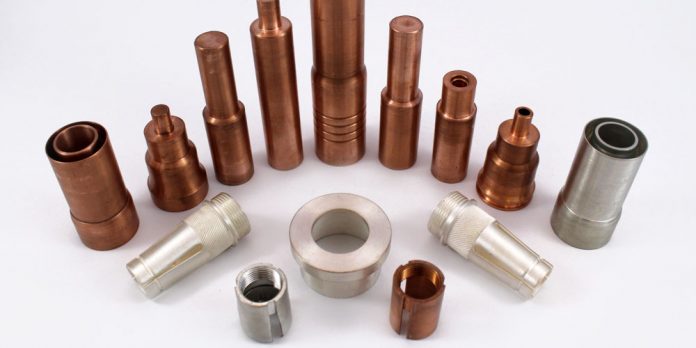
Cold forging is a type of metal shaping process used in various applications, including automotive, medical equipment manufacturing, and electronic sectors. Cold forging is whereby a blank is shaped through a deforming process. While traditional forging processes expose metal pieces to extremely high temperatures to alter them, china forge exposes the workpiece to mechanical or hydraulic forces at room temperatures. The cold forging process can develop parts of any shape and size. Keep reading this article to know the benefits of cold forming.
Key Advantages of Cold Forming
The cold forging technique has multiple benefits, including efficient usage of materials and cost-effectiveness. These features make the process widely used in many industries.
1. Reduced Costs
Cold forming is a low-cost process mainly because of the following factors: preprocessing, temperature use, and finishing requirements. Other forging processes require manufacturers to pre-work on the metal by heating. To heat the workpieces above the recrystallization temperature, the company must invest in furnaces or electricity, which are costly and consume more time.
Cold forged materials require little to no finishing, which saves labor costs. In addition, the process minimizes material wastage during production since the original net weight of the workpiece is almost similar to the weight of the finished part. Companies do not have to buy air filters and cleaning tools since the process does not produce pollutants; this saves costs too. Cold forging dies are also long-lasting and need fewer replacements, hence fewer production costs.
2. Eco-friendly
One of the reasons why the cold forging method is environmentally friendly is due to the elimination of the heating element. Furnaces and kilns used in hot forging produce fumes and smoke encouraging carbon pollution. Plus, cold forming minimizes energy use compared to other forging processes.
3. High-Quality and Durable Components
Cold forged components can withstand high yield stress. Though the metal’s ductility decreases during the process, its tensile and yield stress increase significantly. Since the forger does not heat the metal, the metal’s grains retain their sizes and redirect to align with the change in configuration of the material leading to higher strengths and superior performance.
4. Faster Production Rate
Cold forging is one of the simplest forging processes. The expert only needs to place the workpiece on the forging equipment to obtain a finished part. Due to advanced technology, manufacturers can use automation to load and offload the metal from the forging press. Automated machines also have quick turnaround times.
5. Material Variety
You can forge a variety of materials. These include hard metals like alloy steel and stainless steel. Also, you can forge soft metals such as copper and brass.
6. Eliminates Negative Outcomes
Deforming metals can result in several problems like porosity fatigue. The cold forging process eliminates such issues by reducing the risk of altering metal integrity.
7. Maintains Component Tolerances
The process retains close part tolerances throughout the production. In this technique, the manufacturer reproduces products to the smallest details to ensure the finished product is a duplicate of the first part.
Conclusion
Cold forming is among the widely used methods today. The process has many perks such as lower costs, high production, excellent-quality parts, and it promotes a clean environment.





